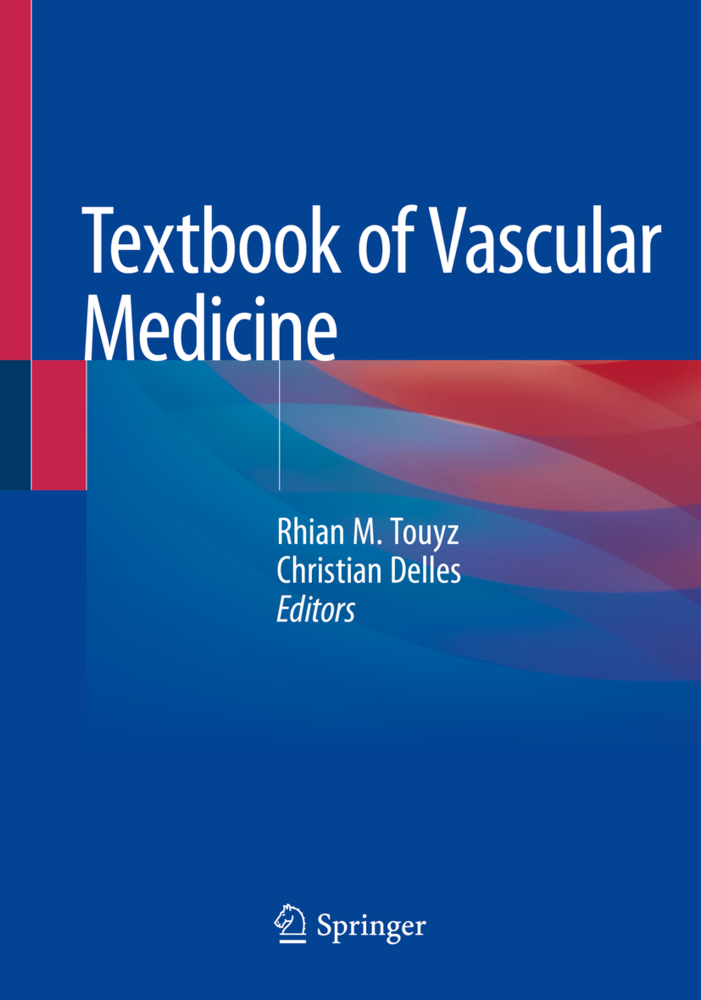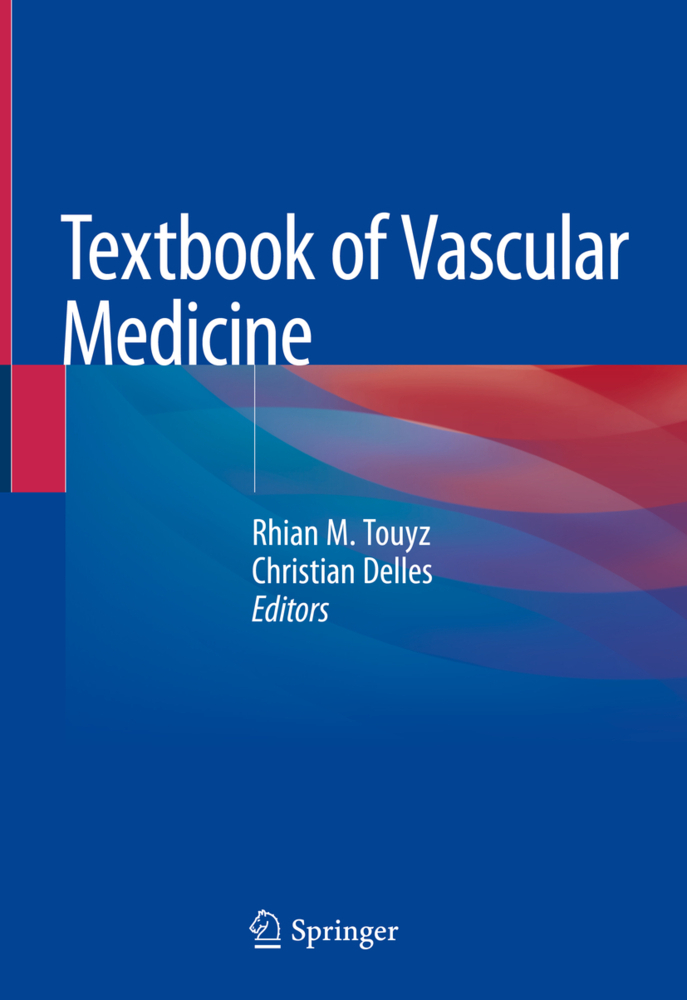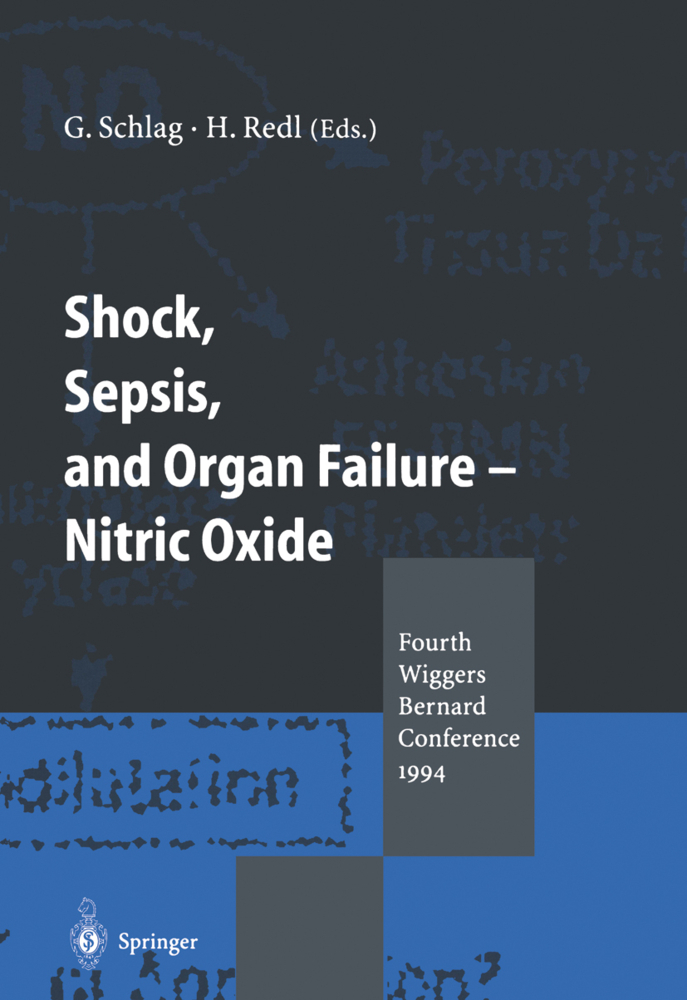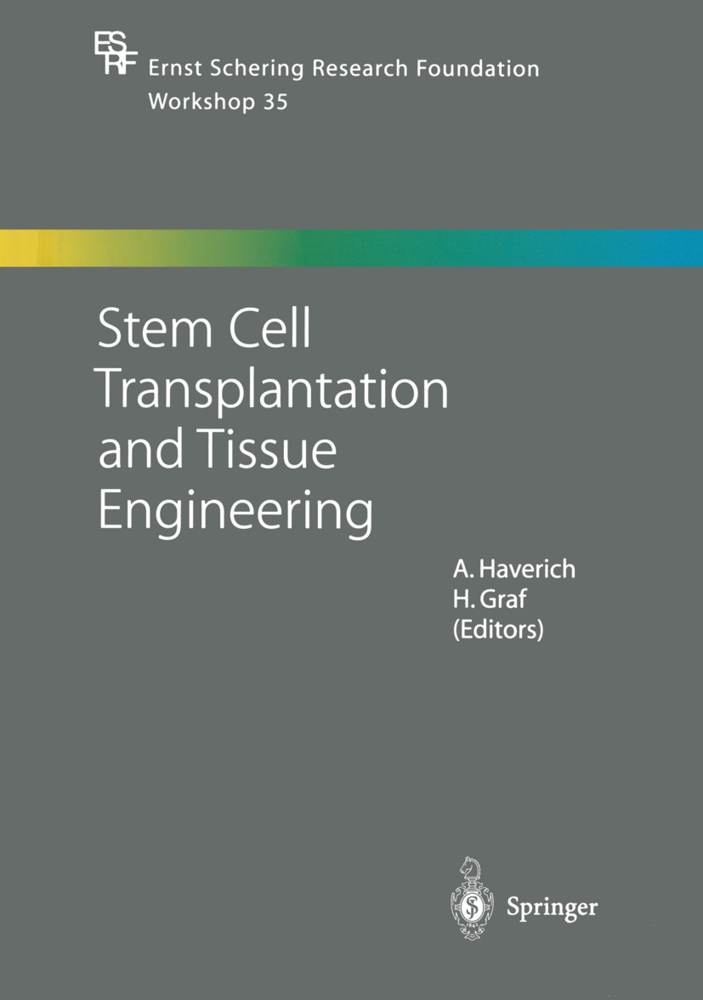Tissue engineering is a multidisciplinary field incorporating the principles of biology, chemistry, engineering, and medicine to create biological substitutes of native tissues for scientific research or clinical use. Specific applications of this technology include studies of tissue development and function, investigating drug response, and tissue repair and replacement. This area is rapidly becoming one of the most promising treatment options for patients suffering from tissue failure. This abundantly illustrated and well-structured guide serves as a reference for all clinicians and researchers dealing with tissue engineering issues in their daily practice.
1;Tissue Engineering;2 1.1;Copyright Page;3 1.2;Preface;4 1.3;Contents;6 1.4;Part I: Basics and Principlesof Tissue Engineering;9 1.4.1;1: Micro- and Nanotechnology in Tissue Engineering;10 1.4.1.1;1.1 Introduction;10 1.4.1.2;1.2 Aim of the Discipline;11 1.4.1.3;1.3 State of the Art;12 1.4.1.3.1;1.3.1 The Need for Micro and Nanotechnologies in Tissue Engineering Strategies;12 1.4.1.3.2;1.3.2 Micro and Nanofabrication Methods;13 1.4.1.3.2.1;1.3.2.1 Bottom-Up Approach;14 1.4.1.3.2.2;1.3.2.2 Top-Down Approach;15 1.4.1.3.2.2.1;Photolithography;15 1.4.1.3.2.2.2;Soft Lithography;16 1.4.1.3.2.2.2.1;Microcontact Printing;16 1.4.1.3.2.2.3;Microtransfer Molding;16 1.4.1.3.2.2.4;Molding in Capillaries (Capillary Force Lithography);23 1.4.1.3.2.2.5;Scanning Probe Lithography;23 1.4.1.3.2.3;1.3.2.3 Electrospinning;23 1.4.1.4;1.4 Clinical Applications;24 1.4.1.4.1;1.4.1 Micro and Nanotechnologies in the Development of Enhanced Constructs for Tissue Engineering;25 1.4.1.4.2;1.4.2 Towards 3D Micro and Nanofabricated Structures;27 1.4.1.4.3;1.4.3 Towards In Vivo Microenvironment: Microbioreactors;28 1.4.1.5;1.5 Expert Opinion;29 1.4.1.6;1.6 Five-Year Perspective;30 1.4.1.7;1.7 Limitations/Critical View;30 1.4.1.8;1.8 Conclusion/Summary;31 1.4.1.9;Suggested Readings with Abstracts;31 1.4.1.10;References;32 1.4.2;2: Biomimetic Scaffolds in Tissue Engineering;37 1.4.2.1;2.1 Introduction;37 1.4.2.2;2.2 Aims of Biomimetics in Tissue Engineering;37 1.4.2.3;2.3 State-of-the-Art Biomimetic Materials;38 1.4.2.4;2.4 Clinical Applications;42 1.4.2.5;2.5 Expert Opinion;42 1.4.2.6;2.6 Five-Year Perspective;43 1.4.2.7;2.7 Limitations/Critical View;43 1.4.2.8;2.8 Conclusion;43 1.4.2.9;Suggested Reading;43 1.4.2.10;References;44 1.4.3;3: Natural and Synthetic Scaffolds;46 1.4.3.1;3.1 Introduction;46 1.4.3.2;3.2 Aim of the Discipline;46 1.4.3.2.1;3.2.1 Tissue Engineering ECM;46 1.4.3.2.2;3.2.2 Native ECM;47 1.4.3.2.3;3.2.3 ECM Analog Scaffolds;48 1.4.3.3;3.3 State of the Art;49 1.4.3.3.1;3.3.1 Synthetic Scaffolds;49 1.4.3.3.1.1;3.3.1.1 Poly(Glycolic Acid);50 1.4.3.3.1.2;3.3.1.2 Poly(Lactic Acid);51 1.4.3.3.1.3;3.3.1.3 Poly(Lactide-Co-Glycolide);52 1.4.3.3.1.4;3.3.1.4 Polydioxanone;53 1.4.3.3.1.5;3.3.1.5 Polycaprolactone;53 1.4.3.3.1.6;3.3.1.6 Poly(Ethylene Glycol)/Poly(Ethylene Oxide);53 1.4.3.3.2;3.3.2 Natural Scaffolds;53 1.4.3.3.2.1;3.3.2.1 Collagen;54 1.4.3.3.2.2;3.3.2.2 Gelatin;55 1.4.3.3.2.3;3.3.2.3 Elastin;55 1.4.3.3.2.4;3.3.2.4 Fibrinogen;56 1.4.3.3.2.5;3.3.2.5 Silk;57 1.4.3.3.2.6;3.3.2.6 Acellular Matrix and Submucosa;57 1.4.3.3.3;3.3.3 Fabrication Techniques;58 1.4.3.3.3.1;3.3.3.1 Electrospinning;58 1.4.3.3.3.2;3.3.3.2 Phase Separation;59 1.4.3.3.3.2.1;Liquid-Liquid Phase Separation;61 1.4.3.3.3.2.2;Solid-Liquid Phase Separation;62 1.4.3.3.3.3;3.3.3.3 Self-Assembly;63 1.4.3.3.3.4;3.3.3.4 Leaching Techniques;64 1.4.3.3.3.5;3.3.3.5 Computer-Aided Design Techniques;64 1.4.3.4;3.4 Clinical Application;65 1.4.3.5;3.5 Limitations/Critical View;66 1.4.3.6;3.6 Expert Opinion;66 1.4.3.7;3.7 Five-Year Perspective;67 1.4.3.8;3.8 Conclusion/Summary;68 1.4.3.9;Literature with Abstracts;68 1.4.3.10;Suggested Readings with Abstracts;69 1.4.3.11;References;69 1.4.4;4: Pluripotent Stem Cells: Sources and Characterization;73 1.4.4.1;4.1 Introduction;73 1.4.4.1.1;4.1.1 The Promise of Pluripotent Stem Cells in Tissue Engineering;73 1.4.4.1.2;4.1.2 Challenges Facing Implementing Human Pluripotent Stem Cells in Engineered Tissue;73 1.4.4.2;4.2 Aim of the Discipline;74 1.4.4.3;4.3 State of the Art;74 1.4.4.3.1;4.3.1 Human Embryonic Stem Cell Derivation;74 1.4.4.3.1.1;4.3.1.1 Derivation of Human Embryonic Stem Cells Without Embryo Destruction;75 1.4.4.3.2;4.3.2 Human Induced Pluripotent Stem Cell Derivation;75 1.4.4.3.2.1;4.3.2.1 Pluripotency Reprogramming Factors;75 1.4.4.3.2.2;4.3.2.2 Inducing Pluripotency Through Nonviral Methods;76 1.4.4.3.2.3;4.3.2.3 Somatic Cell Sources for Human-Induced Pluripotent Stem Cells;77 1.4.4.3.3;4.3.3 Characterizing Pluripotent Human Stem C
Pallua, Norbert
Suscheck, Christoph V.
| ISBN | 9783642028243 |
|---|---|
| Artikelnummer | 9783642028243 |
| Medientyp | E-Book - PDF |
| Auflage | 2. Aufl. |
| Copyrightjahr | 2010 |
| Verlag | Springer-Verlag |
| Umfang | 634 Seiten |
| Kopierschutz | Digitales Wasserzeichen |




